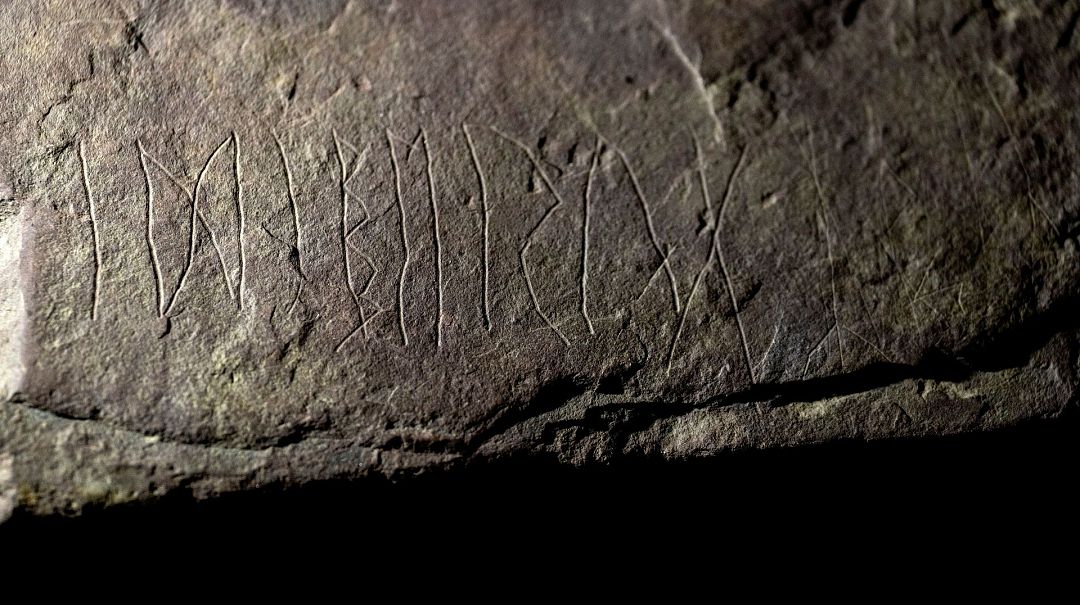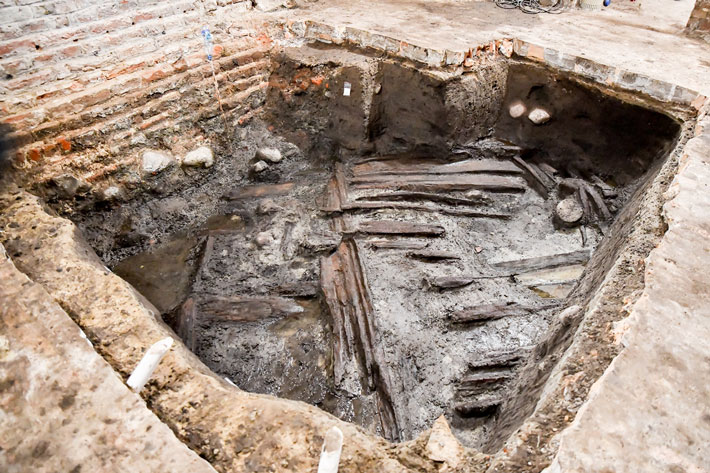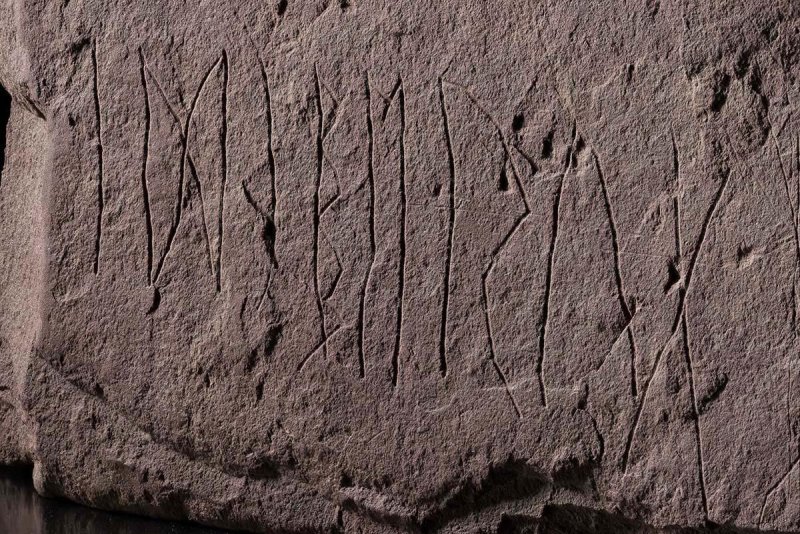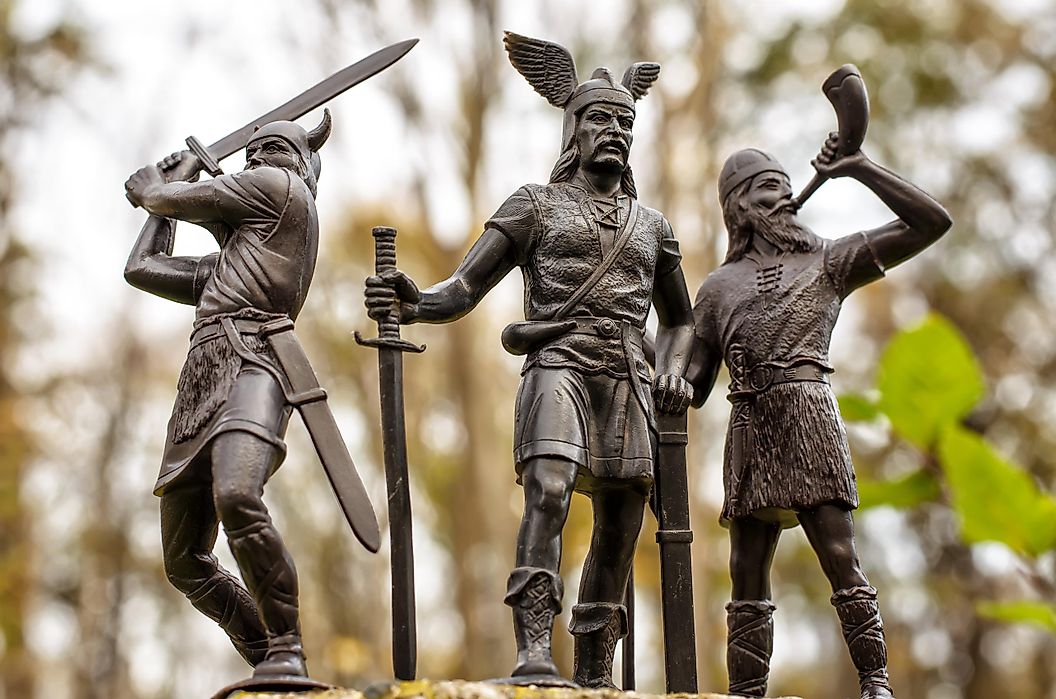St Paul's Church, Jarrow. Credit: Adobe Stock - Electric Egg Ltd.
The new evidence is presented after a detailed examination of archaeological and historical evidence by Dr. Gabor Thomas from the Department of Archaeology at the University of Reading.
“The image of ruthless Viking raiders slaughtering helpless monks and nuns is based on written records, but a re-examination of the evidence shows the monasteries had more resilience than we might expect,” Dr. Thomas said.
Despite being located in a region of Kent that bore the full brunt of Viking raids in the later 8th and early 9th centuries, the evidence suggests that the monastic community at Lyminge not only survived these attacks but recovered more completely than historians previously thought, Dr Thomas concludes in research, published today (30 January 2023) in the journal Archaeologia
During archaeological excavations between 2007-15 and 2019, archaeologists uncovered the main elements of the monastery, including the stone chapel at its heart surrounded by a wide swathe of wooden buildings and other structures where the monastic brethren and their dependents lived out their daily lives. Radiocarbon dating of butchered animal bones discarded as rubbish indicates that this occupation persisted for nearly two centuries following the monastery’s establishment in the second half of the 7th century.
Read the rest of this article...















